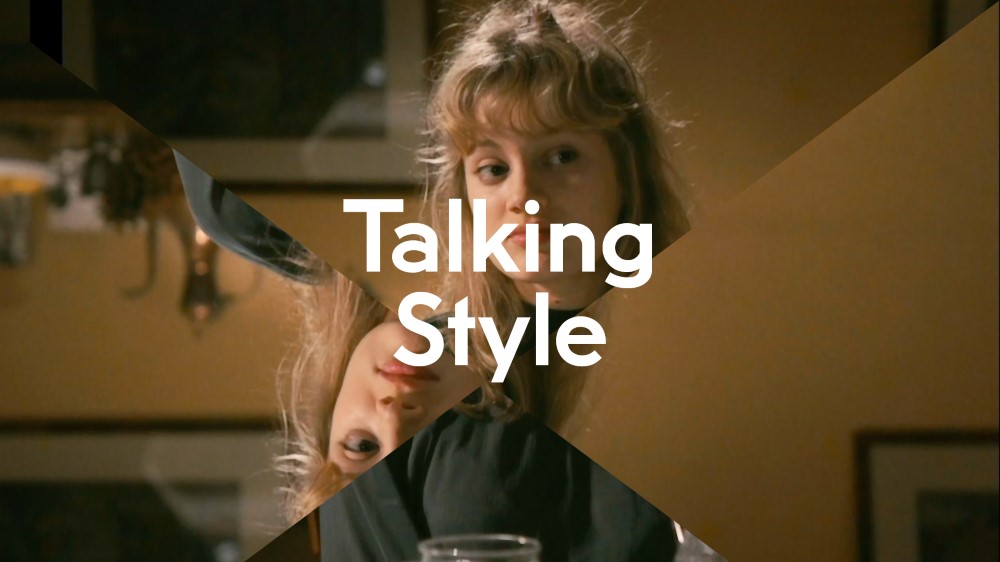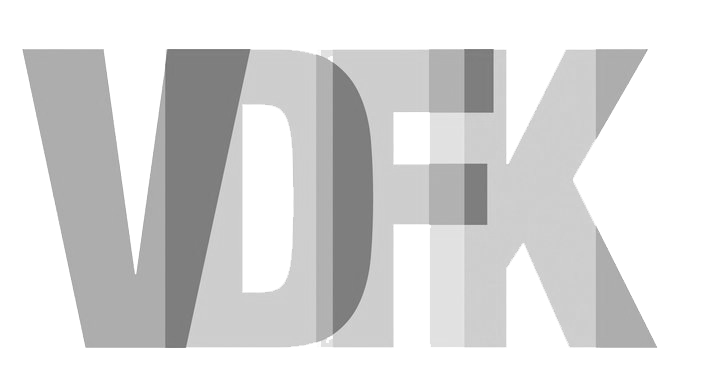Up for Debate: Talking Style
Up for Debate: Talking Style

Kunstsprache / Talking Style
By Julia Lübbecke
Kunstsprache: a word that at first seems vague to me. What is it supposed to denote? Quite banally, the way that artists “speak” in their works? Or the way people talk about art? Or the constructed jargon used by contemporary curators, often leading to a fantastic academic realm high up in the so-called ivory tower? Thinking about the combination of the two words Kunst (art) and Sprache (language), I notice that a connection is formed when I separate them. I associate them both with the question of understanding and accessibility.
How much do I have to understand of the visual and auditive language chosen by artists and filmmakers in their works in order to gain access to them as a viewer? To avoid misunderstandings: I do not intend to equate accessibility with understandability, nor do I insinuate that the one automatically entails the other. If I ponder my initial thought that Kunstsprache describes the aesthetic means chosen by artists or filmmakers to express themselves, then the potential of incomprehensibility is not to be underestimated. My inability to understand a work of art or a film makes it appealing to me, stirs my curiosity. Which means: incomprehensibility can make a work of art or a film accessible to me. For this to work, I as a person have to be willing not only to tolerate the moment of non-understanding but to savor it. To savor it, to reflect upon the question of why a situation is not accessible from my perspective. And to accept that understandability is not always the goal.
My problem of understanding the word Kunstsprache intensifies when I consider the English phrase used as an equivalent in this context: Talking Style. Here I think of the ways and styles in which people speak, for instance in dialects or slangs. I have to think of a book that caught my attention recently: “The Essence of Jargon” by Alice Becker-Ho. In the chapter WHAT SLANG IS, she states: “Slang is what the dangerous classes truly possess. What differentiates it from ordinary language, however, is the fact that, in addition to fulfilling the function of communication, it has one of protection to fulfill.” A language designed for communication within a specific group; a language that might protect you from being understood by those who oppress and exploit you; a necessary protection in societies in which marginalization is the order of the day. In this context, incomprehensibility is the explicit goal. This protective function of so-called Talking Styles can also be identified regarding works of art and films. When contemplating and judging such works, it is crucial to reflect one’s own perspective and not to expect that I must understand. The inability to understand can be an invitation to think more about the addressees of particular works of art or films and to recognize the political dimension of the ambiguity of those works.
A video of the debate can be found here.
